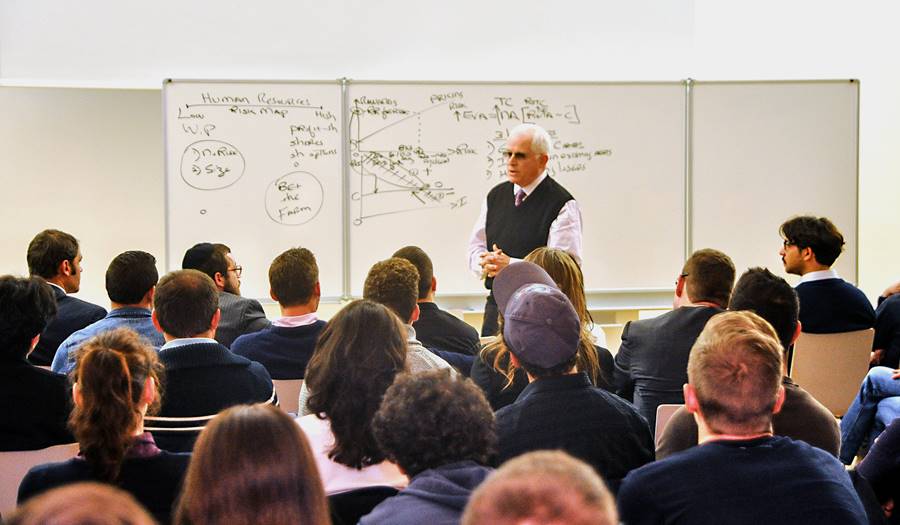
Is the Market Discounting Next Year’s Profits?
10/30/2019
By Joel Stern (adapted by SVM)
Investment analysts often say that a company's common shares command a particular price/earnings ratio (PE) because the market is already discounting the company's earnings for next year. In reality, share prices are not determined as simply as that.
A casual look at the stock market shows that the time horizon for discounting a company's profits must be extremely long if the resulting value is to equal a company's current share price. Furthermore, there is considerable evidence that investors place most emphasis on a company's expected future Free Cash Flow (FCF), which is equal to net operating profit after taxes (NOPAT) minus the incremental capital necessary to maintain an anticipated rate of growth in NOPAT.
Focusing on profits alone rather than on FCF can lead to double-counting and an overstatement of a company's intrinsic value. Only rarely are NOPAT and FCF the same: normally FCF is less.
DISCOUNTING
What is discounting? When employed to describe the behavior of share prices, it means that the pattern of cash receipts is adjusted according to when they occur. A cash receipt of $100 next year is less valuable than $100 received today. A discount rate of 10 per cent means that $100 received a year from now has a current value of only $91, because $91 invested today to earn 10 per cent will be worth $100 next year. Converting $100 next year into $91 today is called "discounting." In this example the $100 is being discounted at an annual rate of 10 per cent.
Discounting is important to management because investments which look highly profitable may, in fact, have very low rates of return if the anticipated profits do not materialize for several years. An example is the continuing delay in drilling and extracting oil. Furthermore, there is good evidence that investors employ discounting when evaluating profit prospects. Since the expected rate of return on new investments is one of the key determinants of NOPAT and FCF and hence of share prices, discounting is an integral part of the valuation process in the stock market.
The analysts who say that a company's PE is the result of the market discounting next year's profits implies that the time horizon for discounting a company's profitability is very short - perhaps only a year. This is wrong: there is evidence that the time horizon is extremely long. It is virtually infinite for common shares, debentures and preferred shares.
An example may convince the skeptical reader. Assume a firm's shares command a PE of, say, 60. Such a high PE might be found in a company with a 15 per cent expected annual rate of profits growth. If current profits are 51 and the current share price is 560, profits for the next five years would be expected to be $1.15, $1.32, $1.52, $1.75 and $2.01. If these future earnings are simply added together and no discounting applied to reflect the time value of money, the present value of the next five years' profits is $7.75, considerably less than the current share price of $60. Thus, even with a discount rate of zero the time horizon for discounting profits must exceed five years. In this example the time horizon for discounting future profits is almost 17 years using a zero discount rate. That is, it would take the sum of almost 17 years' profits to equal the current share price of $60.
In the real world where discount rates are frequently close to 10 per cent, the time horizon for earnings growth must be much longer.
CASH FLOW
Astute investors do not discount conventional profits. Rather, they discount Free Cash Flow (FCF) which is NOPAT minus the new capital needed to generate an anticipated rate of growth in NOPAT.
Because NOPAT and FCF are identical only when the magnitude of a company's investment opportunities is equal to the amount of depreciation, FCF is almost always less than NOPAT. Consequently, to calculate a company's current share price from future FCF, rather than from future NOPAT, requires an even longer time horizon than that indicated in the example.
The shortcoming of discounting NOPAT is that tomorrow's profits are likely to be the result of investing a part of current profits back into the business. Hence, discounting expected future NOPAT usually involves discounting a portion of a particular year's NOPAT more than once. The unfortunate product of such a procedure is an overstatement of a company's intrinsic value.